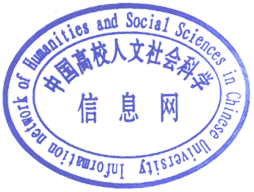论量词语言中的名词复数标记
作者:卢思云
关 键 词 :量词语言 复数标记 累加解读 关联解读学科分类:
摘要/Abstract
本文分析两个量词语言中的名词复数标记——汉语中的“-们”和日语中的-tati,归纳出这两种语言中都含有两个复数标记。一个表示累加义,另一个表示关联义。论文比较了同样表示累加义的两个标记词和同样表示关联义的两个标记词,并分析差异产生的原因。本文论证了量词语言中的确存在复数标记,反驳Chierchia (1998)的名词映射原理(Nominal Mapping Principle),旨在进一步理清量词和名词复数标记之间的关系。
This paper analyzes two plural markers in two classifier languages—-men in Chinese and -tati in Japanese, and summarizes that in each language, two completely different plural markers coexist, one stands for cumulative meaning, the other associative meaning. Besides, two cumulative plural markers and two associative plural markers are compared separately, and the reasons cause their differences are explored. By proving plural markers do exist in classifier languages like Chinese and Japanese, we argue against Nominal Mapping Principle proposed by Gennaro Chierchia(1998)and hope the present study can help readers further get a clear understanding of the relationship between plural markers and classifiers.

